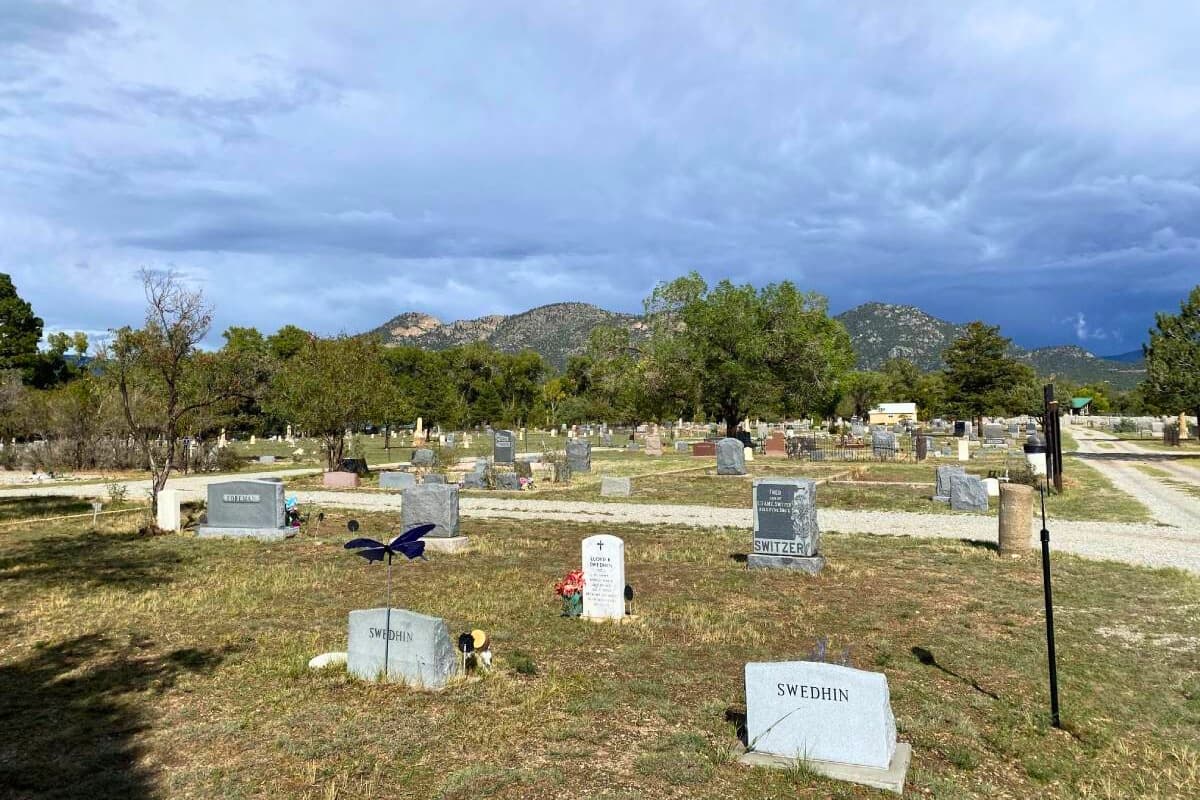
If you live in parts of Colorado rich in oil and natural gas, chances are you’ve seen the truck traffic. Maybe you’ve even noticed the top soil being scraped away to build a new well near your home.
So how long can you expect that well near your house to remain active? And what happens after the well is tapped? I was asked to find the answers to those questions in a Twitter chat.
#cprenergy @gracehood lifecycle of a well site? min max & avg active time? how does the land look when done?
Here's what I found out:
Colorado has a mix of oil and gas wells across the state—more than 53,000 that are active right now. According to state data, the average lifespan is 12 years. But that figure can vary depending on which basin you're looking at.
In the Denver-Julesburg Basin, mostly located in Weld County, the average lifespan of a well is 11 years. That's compared to an eight-year lifespan in the Piceance Basin, which is includes parts of Rio Blanco, Garfield, Delta, and Mesa counties.
John Curtis, professor emeritus of Geology and Geological Engineering at the Colorado School of Mines, said that well lifespans can vary within one basin.
"If you aggregate them together you'll get a blend. Whereas if you went into a new area and you just drilled Niobrara wells, for example, you'd get shorter lifespans because you're more efficiently pulling [the resource] out."
When it comes to newer wells, Curtis explained that operators are looking to recover as much oil and gas as efficiently as possible. That's even more true today as oil prices hover around $50 per barrel. That means the average lifespan of wells across Colorado will decline.
What's motivating this trend is the time value of money, said Curtis. The idea is that a dollar today isn't the same amount compared to 20 years from now.
"You want your well to pay out over several years, not 20 years. If it’s going to take 20 years to pay off, you might look for another way to invest your money," said Curtis.
Even so, there are active wells in Colorado that are more than 100 years old. They're oftentimes operated by small oil and gas companies because they're not that profitable for larger outfits. Jim Javernick, owner of Canyon City-based Javernick Oil, said he continues to operate one such well that produces just a half barrel per day.
"There are some very old wells here," said Javernick, who operates about 30 wells. "If it doesn't cost you a whole lot to take care of it, it adds up at the end of the year."
After the production stops, companies are required to plug the well and prepare for abandonment. State law mandates that companies to control weeds, dust and erosion after drilling and production are over. But according to a Denver Post analysis, 75 percent of the state's inactive wells have been in the reclamation process for five or more years.
Got a question about Colorado's oil and gas industry? Ask reporter Grace Hood on Twitter using the #CPRenergy hashtag.









